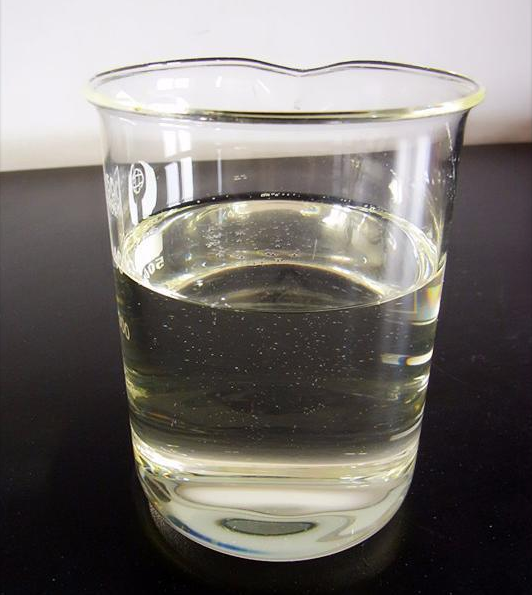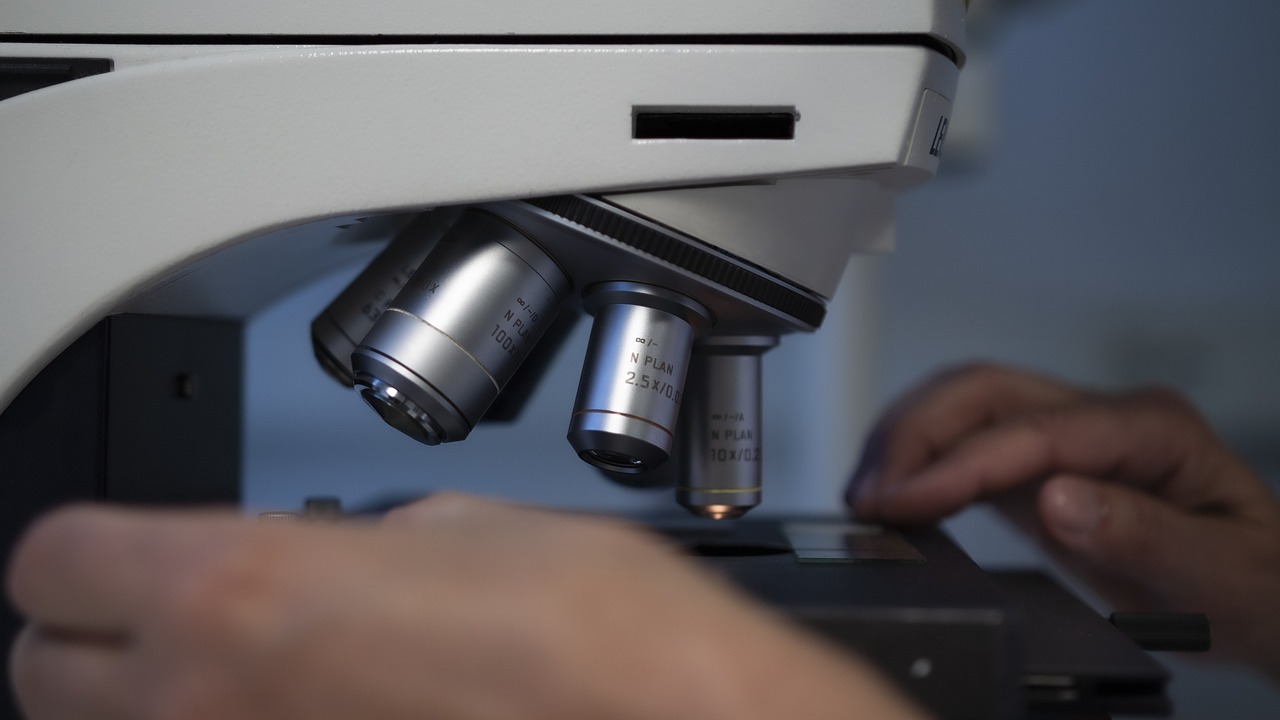-
-
Building 5,18 Yueluo Road, Yuepu Town, Baoshan District, Shanghai, China
Call Anytime
+86 131 2053 3622Main uses and applications of di-tert-butyl dicarbonate 24424-99-5 and precautions for use
Di-tert-butyl dicarbonate (Diethyl adipate) is an organic compound commonly used as a solvent, plasticizer and lubricant. Its molecular formula is C10H18O5.
Di-tert-butyl dicarbonate
Below are the basic properties of di-tert-butyl dicarbonate:
CAS: 24424-99-5
Chinese name: di-tert-butyl dicarbonate
English name: tert-butoxycarbonyl anhydride
Chinese aliases: di-tert-butyl pyrocarbonate | dicarbonic acid | di-tert-butyl carbonate | Boc-anhydride | di-tert-butyl pyrocarbonate | di-tert-butyl dicarbonate | Boc anhydride | di-tert-butyl dicarbonate | BOCAN hydride
Density: 0.949
Boiling point: 56-57 ?C (0.5 torr)
Melting point: 23 °C (lit.)
Molecular formula: C10H18O5
Molecular weight: 218.247
Flash point: 37 ?C
Exact mass: 218.115417
PSA: 61.83000
LogP: 2.88
Appearance: flammable liquid. Melting point 23℃, boiling point 56-57℃ (6.55E-2kPa).
Vapor pressure: 0.0±0.4 mmHg at 25°C
Refractive index: 1.431

Storage conditions:
Dispose under dry protective gas at 1.2-8℃.
- Keep the storage container sealed, put it in a tight storage container, and store it in a cool and dry place.
Stability:
- It will not decompose if used and stored according to specifications
Avoid contact with oxides, moisture/humidity, heat
- It is sensitive to moisture and flammable. It needs to be stored in a refrigerator. The use temperature should not exceed 80 oC.
Water solubility: Water solubility: Practically insoluble; easily soluble in: acetone, toluene
Chemical raw materials
- Physical properties: Di-tert-butyl dicarbonate is a colorless to pale yellow liquid. It has low volatility and good solubility and is soluble in many organic solvents such as alcohols, ethers and ketones.
- Chemical properties: Di-tert-butyl dicarbonate is a stable ester compound that is not easy to decompose or react. It is relatively inert and is not easily hydrolyzed under common organic conditions. However, it can be hydrolyzed into carbonic acid gas and tert-butyl alcohol by appropriate catalysts and conditions, such as acid catalysis or base catalysis.
- Application areas: Di-tert-butyl dicarbonate is often used as a plasticizer, lubricant and solvent. It can increase the softness and ductility of polymers and improve the processability of polymers. In addition, it can also be used as an intermediate for chemicals such as synthetic fragrances, flavorings and softeners.
It should be noted that when using di-tert-butyl dicarbonate, its chemical properties and applicable conditions should be understood, and correct operation and safety specifications should be followed. At the same time, when disposing of waste, relevant environmental regulations should be observed to ensure that there is no negative impact on the environment.
Chemical reaction
The chemical properties of di-tert-butyl adipate are as follows:
- Esterification reaction: As an ester compound, di-tert-butyl adipate can participate in esterification reactions. In the presence of an acid catalyst, it can react with alcohol or phenol to produce the corresponding esterification product.
- Hydrolysis reaction: Di-tert-butyl adipate can be hydrolyzed into carbonic acid gas and tert-butyl alcohol by acid-catalyzed or base-catalyzed reactions. Hydrolysis usually requires higher temperatures and reaction times.
- Combustion properties: As an organic compound, di-tert-butyl adipate is flammable. It produces carbon dioxide, water and some smoke when it burns in the air.
- Chemical stability: Di-tert-butyl adipate is relatively stable under conventional organic conditions and is not easily decomposed or oxidized by oxygen, light or common chemical reagents. However, in the presence of strong bases or strong acids, it may undergo hydrolysis or other reactions.
- Solubility: Di-tert-butyl dicarbonate has good solubility and is soluble in many common organic solvents, such as alcohols, ethers, and ketones. Its solubility contributes to its application in coatings, plastics, and cosmetics.
It should be noted that when handling di-tert-butyl dicarbonate, its chemical properties should be understood and correct operating and safety specifications should be followed to ensure the safe use and handling of the compound.
Chemical molecule
Di-tert-butyl dicarbonate has the following industrial applications:
- Solvent: Di-tert-butyl dicarbonate is a good solvent that can be used to dissolve many organic substances, such as resins, paints, coatings, and inks. It can improve the fluidity and drying time of coatings and provide good volatility in certain applications.
- Plasticizer: Due to its high solubility and low toxicity, di-tert-butyl dicarbonate is often used as a plasticizer for polymers. It can improve the softness, ductility, and cold resistance of polymers and is often used to prepare soft plastic and rubber products.
- Lubricant: Di-tert-butyl dicarbonate has low surface tension and good lubrication properties, so it is often used as a lubricant additive. It can reduce friction and wear, improve the fluidity and processing performance of materials, and is widely used in plastics, rubber and metal processing.
It should be noted that the correct operating method should be followed when using di-tert-butyl dicarbonate, and relevant safety regulations should be followed. In specific applications, please refer to the safety data sheet (SDS) of the compound and the safety guidance provided by the supplier.
As an important chemical, di-tert-butyl dicarbonate can be used as an intermediate or solvent in industry to participate in the preparation of various reactions and products. The following are some upstream and downstream products of di-tert-butyl dicarbonate:
Upstream products:
- Tert-butyl alcohol (tert-butanol): Tert-butyl alcohol is one of the raw materials for di-tert-butyl dicarbonate, and di-tert-butyl dicarbonate can be prepared by transesterification.
- Carbonic acid (adipic acid): Carbonic acid is also one of the raw materials for the preparation of di-tert-butyl dicarbonate, and usually reacts with tert-butyl alcohol to produce di-tert-butyl dicarbonate.
Downstream products:
- Coatings and paints: Di-tert-butyl dicarbonate can be used as a plasticizer, extender and diluent in coatings and paints to improve the performance and fluidity of the coating.
- Plastic additives: Di-tert-butyl dicarbonate can be used as a plasticizer for plastics to improve the softness, ductility and cold resistance of plastics.
- Cosmetics and personal care products: Di-tert-butyl dicarbonate can be used as a solvent, thickener and stabilizer in cosmetics, and is commonly found in products such as lotions, skin care products and hair sprays.
- Dyes and pigments: Di-tert-butyl dicarbonate can be used as a dispersant and stabilizer for dyes and pigments to help improve the uniform dispersion and light stability of pigments.
In addition to the above applications, di-tert-butyl dicarbonate can also be used in some specific areas of lubricating oils, plastic films, rubber products and medicines. Its versatility makes it one of the important chemicals in many industrial fields.
A common synthesis route for di-tert-butyl dicarbonate is to obtain it through an ester exchange reaction between di-tert-butyl carbonate and tert-butyl alcohol. The following are the main steps of this synthetic route:
- Preparation of di-tert-butyl carbonate (adipic acid di-tert-butyl ester): Carbonic acid (adipic acid) is reacted with excess tert-butanol (tert-butanol) in the presence of an appropriate catalyst, usually under an inert atmosphere. The reaction generally requires heating and reflux, and a long reaction time until the reaction is completed.
- Removal of impurities: The reaction mixture is cooled and unreacted carbonic acid, tert-butanol and other by-products are removed by distillation or other separation techniques. This step aims to obtain pure di-tert-butyl dicarbonate product.
- Product purification: High-purity di-tert-butyl dicarbonate can be obtained through further distillation, crystallization or other purification methods.
It should be noted that during the synthesis process, appropriate safety measures should be taken and correct operating procedures should be followed to ensure the safety of the laboratory and operators. In addition, it is also very important to understand and comply with relevant environmental regulations and properly handle and dispose of waste.
Here are some things to note when using or performing related operations with di-tert-butyl dicarbonate:
- Safe operation: Follow correct operating procedures and laboratory safety guidelines. Use appropriate personal protective equipment, such as gloves, goggles, and lab coats. Ensure that the operating area is well ventilated to avoid harm to the human body.
- Fire and explosion prevention measures: Di-tert-butyl dicarbonate is a flammable liquid and should be kept away from open flames and high temperature sources. Avoid static sparks during operation and store in a fireproof cabinet or safety container.
- Waste disposal: Comply with local environmental regulations and properly handle and dispose of waste. Do not discharge di-tert-butyl dicarbonate into sewers or the environment, but choose appropriate waste disposal methods.
- Storage conditions: Store di-tert-butyl dicarbonate in a closed container away from direct sunlight and high temperature environments. Avoid contact with oxidants, acids, alkalis and other substances.
- Pay attention to toxicity: Although di-tert-butyl dicarbonate is less toxic, it still needs to be avoided from contact with skin, eyes and inhalation. In case of accidental contact, rinse with clean water immediately and seek medical help.
- Follow the recommendations: Use di-tert-butyl dicarbonate correctly according to the product information and recommendations provided by the supplier. Reasonably control the dosage and avoid exceeding the recommended concentration range.
Please note that the above are general precautions. Specific use and operation need to be evaluated and decided based on actual conditions and product safety data sheets. For industrial production and laboratory work, it is recommended to consult professionals or experts in related fields.





